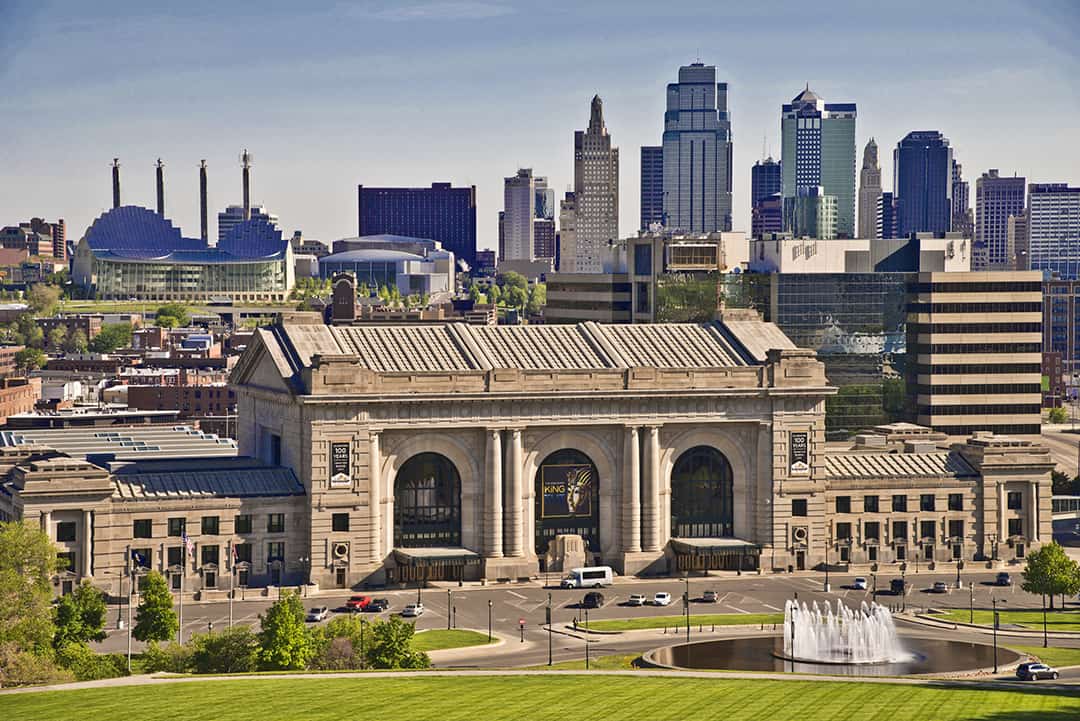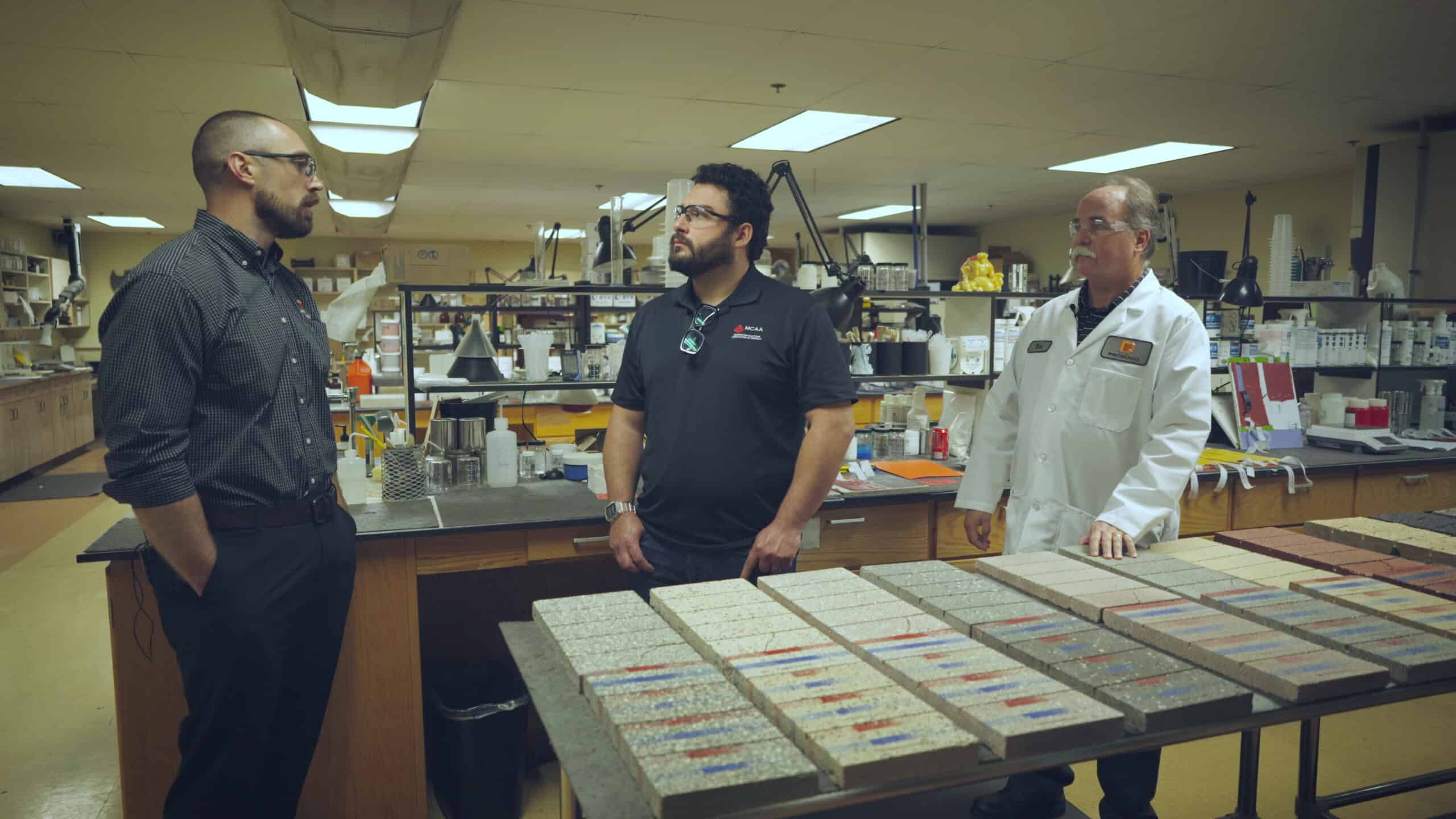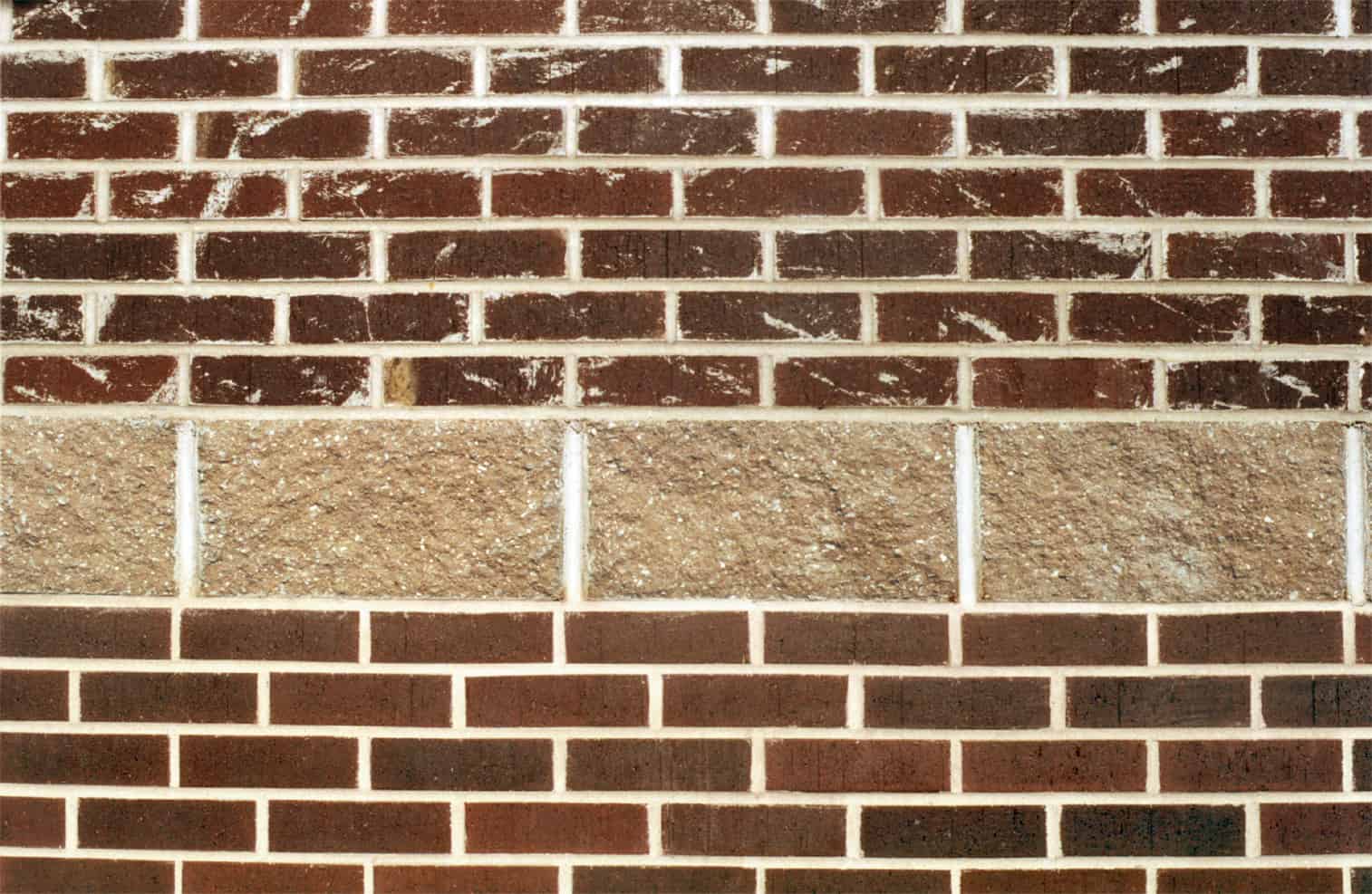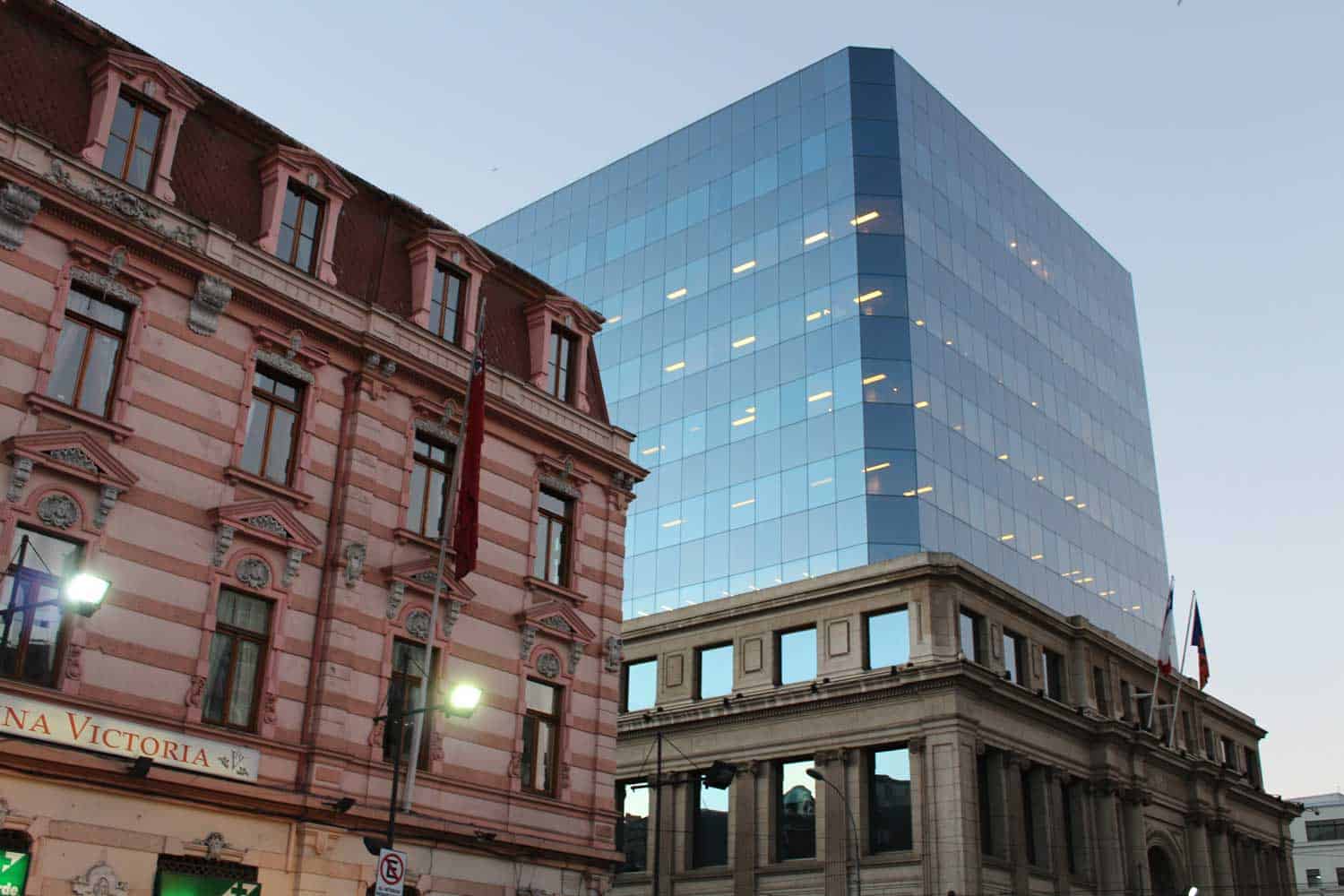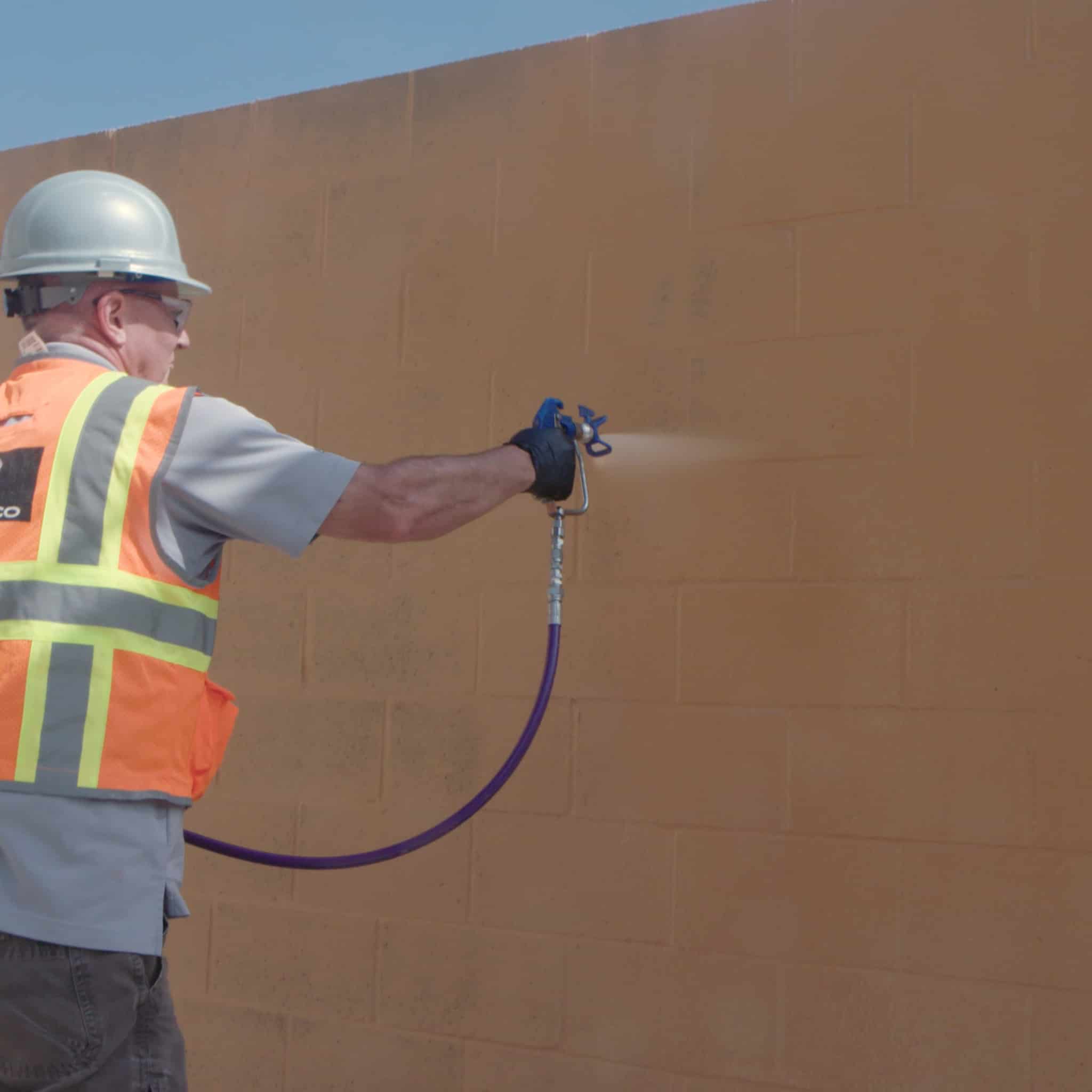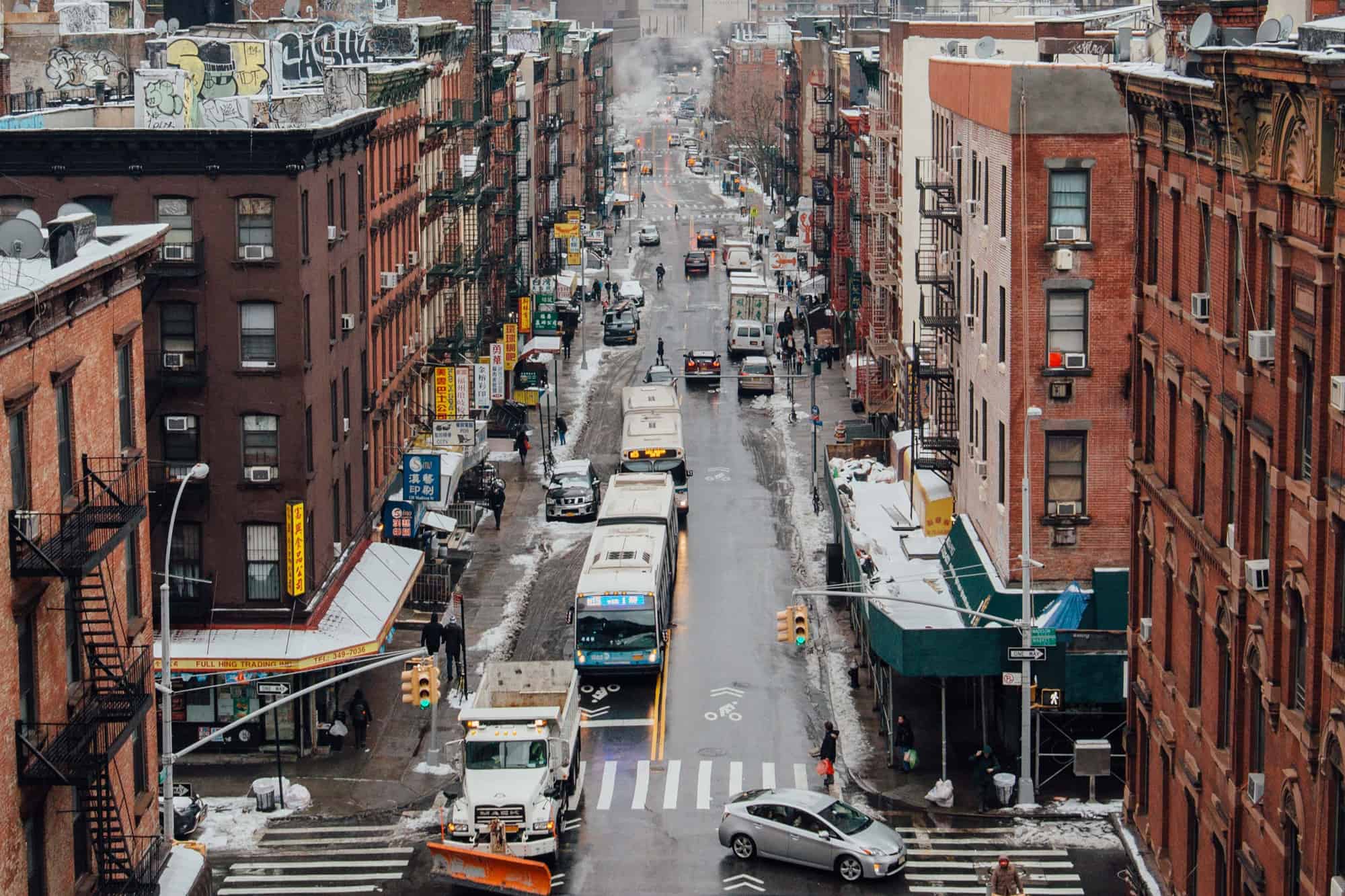Cleaning new masonry construction can and has been a challenge for many of us around the country. Compared to the cost of a brick, stone or architectural concrete building, the price of post-construction clean-down is minor. A good clean-down brings out the true beauty of the masonry. But if the masonry is cleaned incorrectly, its appearance may be ruined beyond repair. Here are our 10 top best practices for avoiding common pitfalls in cleaning new masonry construction:
1. Follow all safety precautions in the product literature.
Many of these guidelines are common sense, like “don’t get this product in your eyes,” or “wear protective clothing.” Guidelines such as “don’t cut or alter these cleaners with other chemicals, or with bleaches – toxic gases may be released” may save lives as well as masonry.
Use the cleaner only as specified. Results may be unpredictable if you use the cleaner for anything else. By closely following all safety guidelines – written by field service experts – you maximize your chances for a successful, accident-free cleaning job.
2. Always test before you clean.
Try out your cleaner on a hidden or out-of-the-way part of the surface. Manufacturers usually recommend test-cleaning a 4 square-foot area. Test each kind of surface and each kind of stain. What dissolves one kind of stain might leave another untouched. What cleans beautifully on one surface might damage another. Not all mistakes in masonry cleaning can be fixed.
Test under the same conditions you’ll have for cleaning. Test-panels you made in August might not be accurate for cleaning in October when temperatures are lower. Clean with the same dilution and equipment you tested.
3. Don't clean until the mortar has cured.
The best time to clean is 14 to 28 days after construction is complete. Mortar and grout smears get tougher to clean the longer they’re on the surface. Cleaning before the mortar has cured – usually within seven days – may damage the joints. One exception: high-strength mortars (type “S” or compressive strength of 1800 psi and above) are best cleaned within 3-7 days. Always test first.
4. Don't sand blast or use muriatic acid.
Both methods damage surfaces. Blasting with sand or sand-substitutes etches brick and mortar joints. It leaves masonry vulnerable to weather-related decay. Likewise, muriatic acid won’t stop with dissolving job dirt and mortar smears. It may also etch, bleach, streak, burn or create brand new metallic stains on the new masonry.
5. Use a proprietary cleaner from an established company that backs up its products with literature, customer service and job-site and specification-writing assistance.
Proprietary cleaners have special ingredients that increase “dwell-time,” making them more effective over a larger area than raw acids. Those same ingredients make results uniform over the entire masonry surface. Many will actually improve the original color depth and uniformity of brick, block, tile and other masonry.
One of the most important ingredients of a new masonry cleaner is not in the cleaner. It’s the technical support that comes with the cleaner. A reputable company wants to do more than sell you a product. A reputable company wants you to succeed and will make sure you have the right product and information to do so. Distributors, architects and contractors are all good sources for identifying such companies.
6. Thoroughly prewet the surface with clean water.
This is perhaps the most critical step in giving a building a uniform, clean appearance. Prewetting keeps the cleaner on the surface, where it does its job. The cleaner can’t soak into a thoroughly prewetted surface. The water has already done that.
As you move down a wall, cleaning as you go, make sure to prewet as you go.
7. Apply the cleaner with low-pressure spray or masonry washing brush.
High-pressure spray – above 50 psi – drives the cleaner right into the brick. Once in, it’s difficult to impossible to rinse out. Stains result. It’s not an issue if you apply with low-pressure spray or a densely packed, soft-fibered masonry washing brush.
Stains and residue can also result from letting the cleaner “dry in” to the masonry. Thoroughly prewetting helps prevent drying in. You can also reapply the product for an additional minute or two if the first application is drying out too quickly.
8. Rinse thoroughly.
A few passes with a garden hose is not good enough. Weak rinsing leaves stains and residue. On outside surfaces, high-pressure water-rinses of at least 400 psi and four to six gallons per minute are standard. Inside, use lots of clean water and a sponge or soft-fibered brush to rinse the surface.
If you don’t have lots of clean water, apply a neutralizing solution of 2 ounces baking soda per gallon of water. Let it dwell for three to five minutes. Then wipe it off with clean water and a sponge or soft-fibered brush.
9. Don't clean in cold weather without special precautions.
It’s best to clean when air and masonry surface temperatures are 40°F or above. It’s best NOT to clean when temperatures are below freezing or will be overnight. Many cleaning compounds depend on chemical reactions to work. Cold slows the reaction. You may try to compensate by over-applying, and end up accidentally damage the masonry.
When it’s 32°F or below, rinse water can freeze in saturated masonry, causing more damage. However, during the cold months, if both air and masonry surface temperatures rise above 40° (check the masonry with a thermometer), go ahead, with these precautions:
Use hot water (180°) for prewetting and rinsing. Raising the surface temperature improves the efficiency of the cleaner.
Extend dwell time by 10-20 percent, but don’t let the cleaner dry in.
Consider scaffolding covered with polyethylene. Space heaters inside may warm the surface enough for effective cleaning.
A final caution — the test panels you did in warm weather won’t be accurate for cold weather. Test in cold weather if you clean in cold weather.
10. Don't take guesses. Expert help is available.
Never try to guess your way through problems or questions. PROSOCO employs the largest team of field technical specialists in the industry with the goal of taking the guesswork out of your everyday obstacles. Your distributor, sales rep or manufacturer’s customer service are here to help. You don’t need to be an expert in cleaners or protective treatments, you just need to know one. Find out who your local expert is and get back to doing what you do best. PROSOCO's customer care team and technical answers are available M-F, 8a-5p CT, at 1-800-255-4255.
![]()
